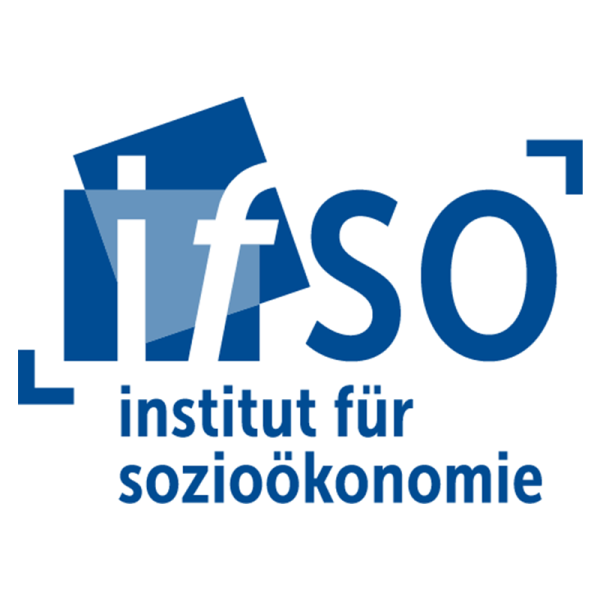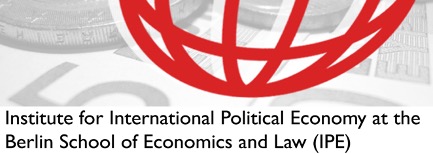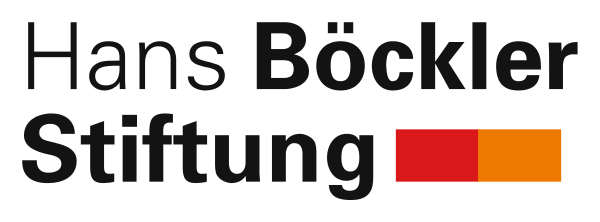Welcome
The WIPOSIM project aims to provide interactive tools and simulations for macroeconomic education and the economic policy debate. The project is structured in three thematic areas.
- Ecology and macroeconomics
- Public debt and fiscal policy
- Financialization and income distribution
See below for the project outputs in each area.
Ecology and macroeconomics
Mini course | Carbon budgets and economic growth
This mini course introduces some basics about the relationship between economic growth and CO2 emissions and the implications for global and country-level carbon budgets.
Interactive tools
- Decoupling or degrowth? In this app, you can create scenarios for future CO2 emissions pathways depending on economic growth and the speed of decoupling of economic activity from CO2 emissions.
- Production and CO2 emissions: With this app you can explore how CO2 emissions and production (GDP) have developed over time for various countries.
- Carbon intensity of production: With this app you can explore how the CO2 intensity of production has evolved over time for various countries.
- Global carbon budget: With this app you can select the global carbon budget.
- Carbon budgets for various countries: With this app you can select the carbon budget for various countries.
Blog posts
Public debt and fiscal policy
Mini course | Public debt
In this basic course, we introduce the concepts of fiscal policy and public debt and use interactive examples to illustrate some challenges of fiscal consolidation.
Interactive tools
- Total public debt data: In this app, you can have a look at the total amount of outstanding government debt for different countries over time.
- Public debt and deficit ratio: In this app, you can explore the development of nominal GDP, the stock of public debt, the debt ratio and the deficit ratio for various countries.
- Disruptions to GDP and public debt: Illustrates in a stylized way how sudden and unanticipated changes in GDP and its growth rate can impact a planned path of public debt consolidation.
- Disruptions to GDP and public debt - with country data: Connects the previous app with data to create stylized scenarios.
- Long-run debt-to-GDP ratio: This app illustrates that the long run value of the debt-to-GDP ratio, is determined by the ratio of the total deficit in percent of GDP and the growth rate of nominal GDP.
- Macroeconomic effects of fiscal policy: Insert short- and long-term effects of fiscal policy on nominal GDP and observe the consequences for the debt ratio in a stylized way.
- Macroeconomic effects of fiscal policy - with country data: Connects the previous app with data to create stylized scenarios.
- Inflation, interest and the long-run debt-ratio: Insert values for the primary deficit, the real growth rate, the inflation rate and the nominal interest rate and observe to which value the debt-ratio converges.
- Inflation, interest and simple macroeconomic effects of fiscal policy: Insert shocks to real GDP and inflation and also choose the effects of fiscal policy on real GDP and inflation. Again this is connected to the data of actual countries.
- Potential GDP and cyclical components of the primary deficit: Illustrates, how a wrong estimate of potential GDP leads to a wrong estimate of the non-cyclical component of the primary balance.
Mini course | Fiscal policy and public debt
In this text we introduce the government budget identity and derive the factors determining the evolution of the debt-to-GDP ratio. We then discuss the question of debt sustainability and illustrate the role of the primary balance. To conclude, we discuss the main European fiscal rule from a critical perspective. With a series of simple applications, we simulate the concepts explained in the text.
Interactive tools
Mini course | Fiscal policy and the debt-to-GDP ratio. A seemingly counterintuitive effect?
Using some simple “Keynesian arithmetic”, we discuss the conditions under which fiscal policy might have a counter intuitive effect on the debt ratio.
Interactive tools
With simplified assumption about deficit spending:
With deficit spending determined endogenously by tax revenues:
Additional interactive tools
- Fiscal policy in a simple stock-flow consistent (SFC) model of the closed economy: in the following application the effect of fiscal policy on the debt-to-GDP ratio can be tested in a simple SFC model of the closed economy. The model consists of three sectors. The households sector, the firms sector and the government sector. What is the effect of a permanent increase in the level of government spending? What happens to the debt ratio when government spending grows at a constant rate?
- Fiscal policy dashboard: The following dashboard allows to perform short- and long-term projections of the debt ratio for eurozone countries starting from recent values. Data are obtained from the AMECO database.
Financialisation and income distribution
Mini course | Gender wage gap
In this text we introduce the effects of a gender wage gap in a simple post-Keynesian / Kaleckian macroeconomic model of the closed economy. What is the effect of closing the wage gap on the equilibrium value of aggregate income? What are the conditions in the model so that closing the gender wage gap might have an expansionary effect on aggregate income?
Interactive tools
Additional interactive tools
- Neo- and post-Kaleckian model: Stylized interactive illustration of basic Kaleckian growth models.
- Extending Piketty’s r>g model with different household groups: This simulator aims to extend Piketty’s basic model by including three separate household groups. Households are divided into TOP (T), MIDDLE (M) and BOTTOM (B) households. The text introducing the model can be found here.
Research articles
Background
This project was created to extend the thematic range and economic policy scope of our previous project, in which we developed a free interactive online-textbook on an introduction to macroeconomics with a particular focus on the policy implications of the three-equation model of the “New consensus” in macroeconomics and a post-Keynesian alternative.
Project partners
The WIPOSIM project is a cooperation project of Franz Prante , Achim Truger and Till van Treeck at the Institute for Socio-Economics, University of Duisburg-Essen and Alessandro Bramucci and Eckhard Hein at the Institute for International Political Economy Berlin, Berlin School of Economics and Law.
The WIPOSIM project was funded by the Hans-Böckler Foundation.




Funding
